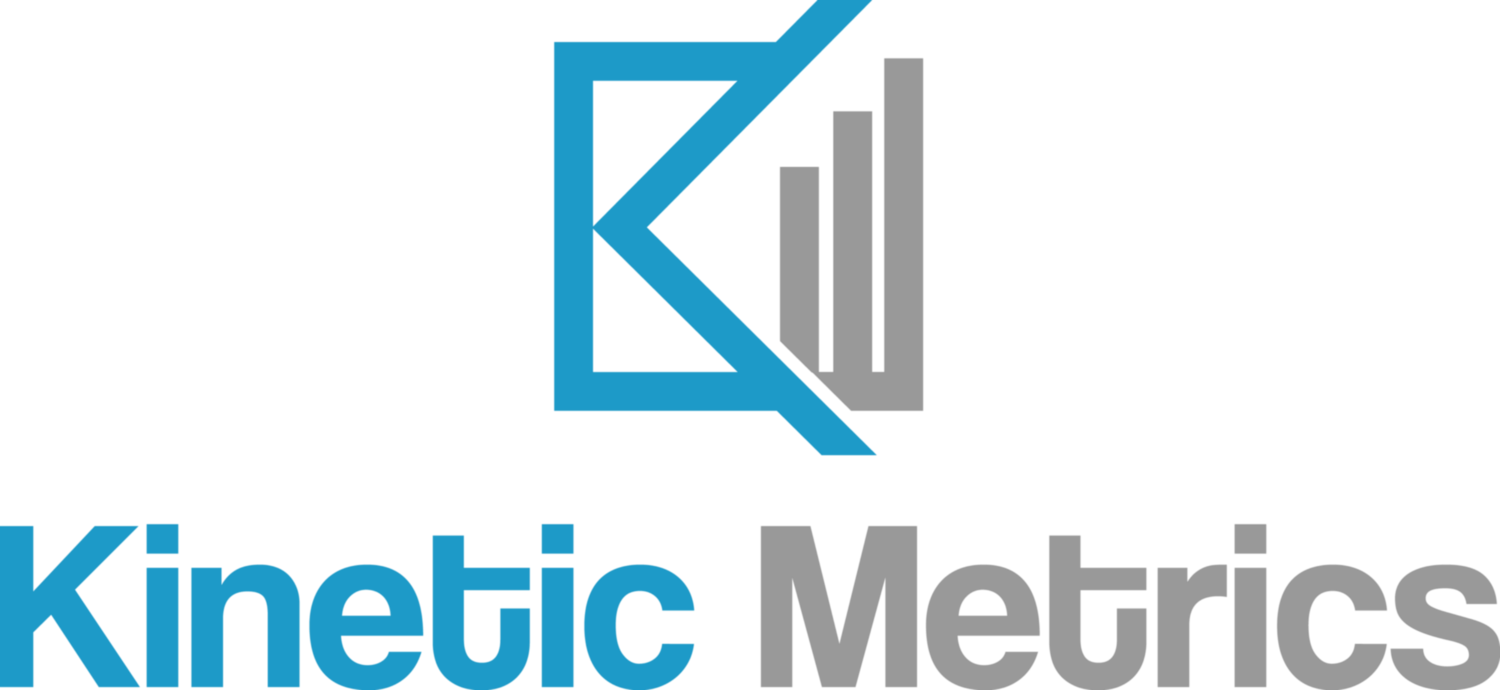The National Highway Traffic Safety Administration (NHTSA) and the Federal Motor Carrier Safety Administration (FMCSA) each released an Advance Notice of Proposed Rulemaking (ANPRM) for automated driving systems on May 28, 2019.
NHTSA’s ANPRM seeks to build upon previous efforts to gather information from stakeholders and the public regarding the compliance challenges of implementing autonomous technologies. In the document, the agency discusses the types of barriers posed by the existing crash avoidance standards (100-series) and, second, what types of test methods could be employed to test vehicles that lack traditional controls. The agency intends to issue additional documents to address the crashworthiness standards (200-series) and standards involving tell-tales and indicators at a later date.
Comments on the ANPRM are due no later than July 29, 2019. It can be viewed by clicking here.
FMCSA’s ANPRM requests public comment about Federal Motor Carrier Safety Regulations (FMCSRs) that may need to be amended, revised, or eliminated to facilitate the introduction of commercial vehicles equipped with automated driving systems (ADS). In approaching the task of adapting its regulations to accommodate automated vehicle technologies, FMCSA is considering changes to its rules to account for significant differences between human operators and ADS.
Comments on the ANPRM are due no later than August 26, 2019. It can be viewed by clicking here.
